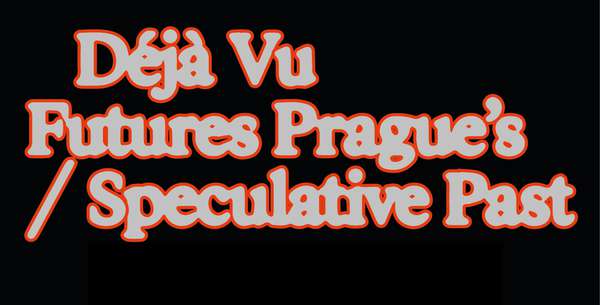Idea by
Giacomo Pala, Jörg Stanzel
Call for ideas 2019
Speculative Past
Speculative Past
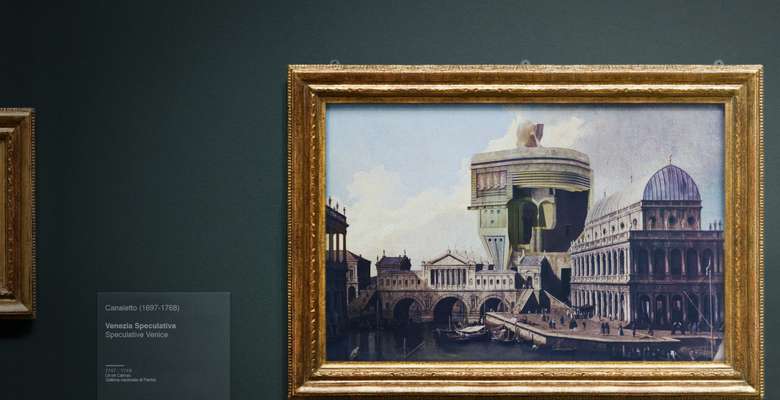
- New alliances
These designs are part of an ongoing project we call “speculative past”: the attempt of overcoming contemporaneity. The present, history and the future are fuzzy notions, flattened in a tree-folded stack: they are paradoxical and syncretic. We must acknowledge such a complex multiplicity and deal with it. How? Rewriting our time. We need a Speculative Past: the reinvention of the past, its memories and its traditions in order to propose alternatives for the future.
Against cultural conservatisms, we use architecture as a discipline that can rethink and reinvent the past in order to propose alternatives for the present, in turn projected towards the future. It is the logic of the “What if?” and Uchronia: retracing the past by grasping what might have been possible, but that might have failed. We propose architectural design as a way of reinventing reality through a constant speculation on what might have been: the realm of the possible equally resides in the future and in the past.
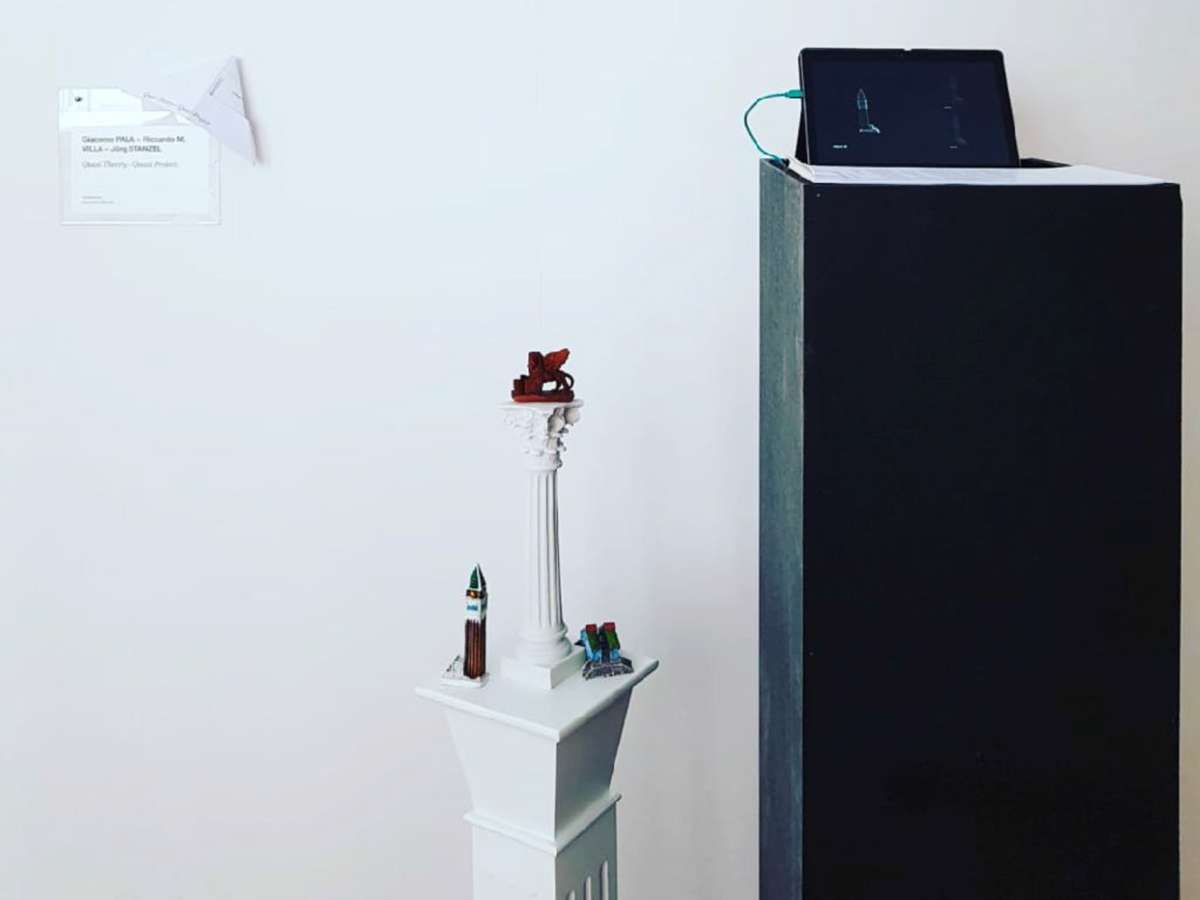
Quasi-Theory, Quasi-Project: this project, exhibited at the Unfolding Pavilion, during the opening days of the Venice Biennale 2018, is the speculative engagement with Venice's identity, by a working out opposites. Is Venice Kitsch? refined? turistic? reinassance?....what is Venice?
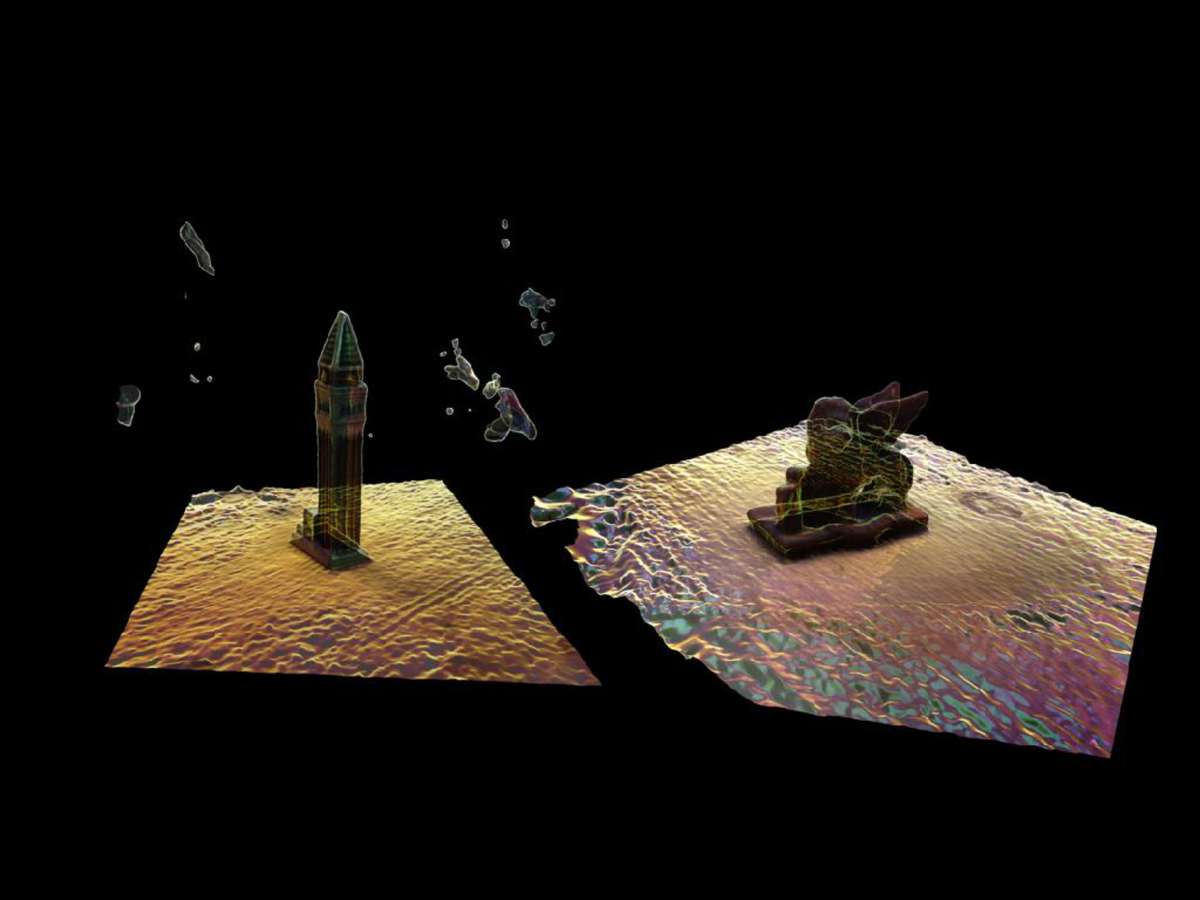
To investigate Venice's identity, we took as examples and models the souvenirs one can buy everywhere in the city; we 3d-scanned them and we used them as objects to be estranges in a new composite: the contradictory representation of Venice as the avant-garde city, the city of art, the city of history; as well as the city of kitsch, consumerism, cretinism and ignorance.
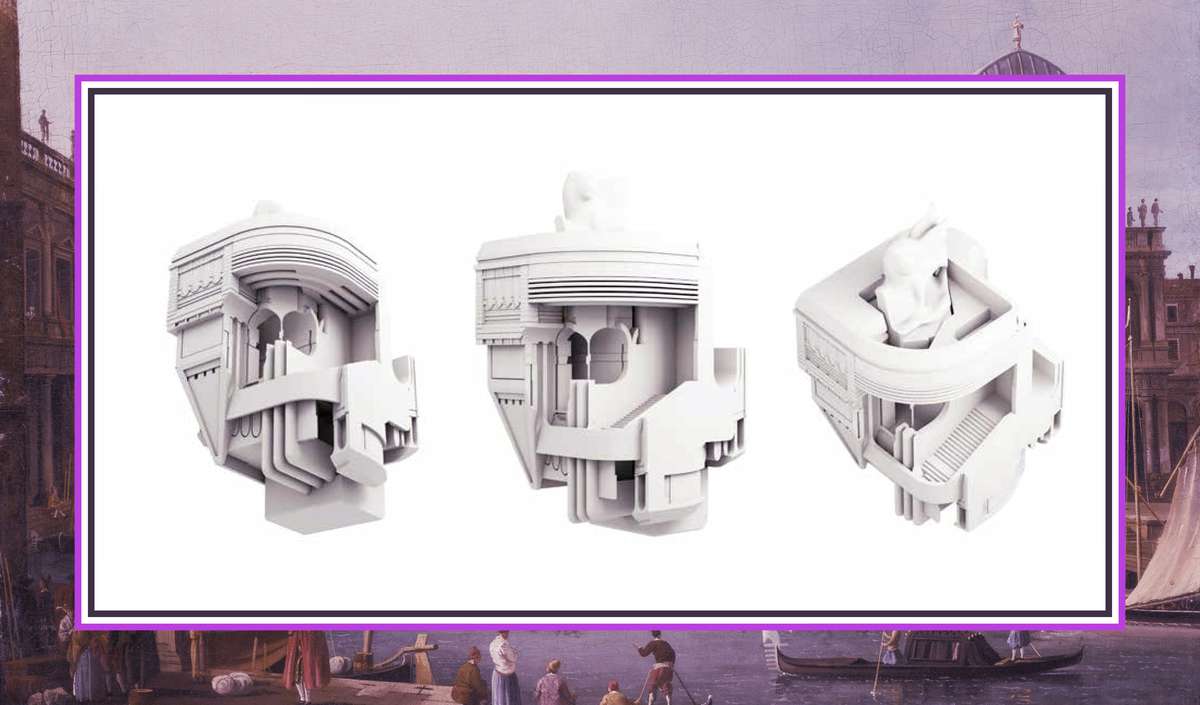
Finally, a new object emerged: the seamless amalgamation of imaginaries. A new identity of Venice derived from the transformation of its imaginary and its past.
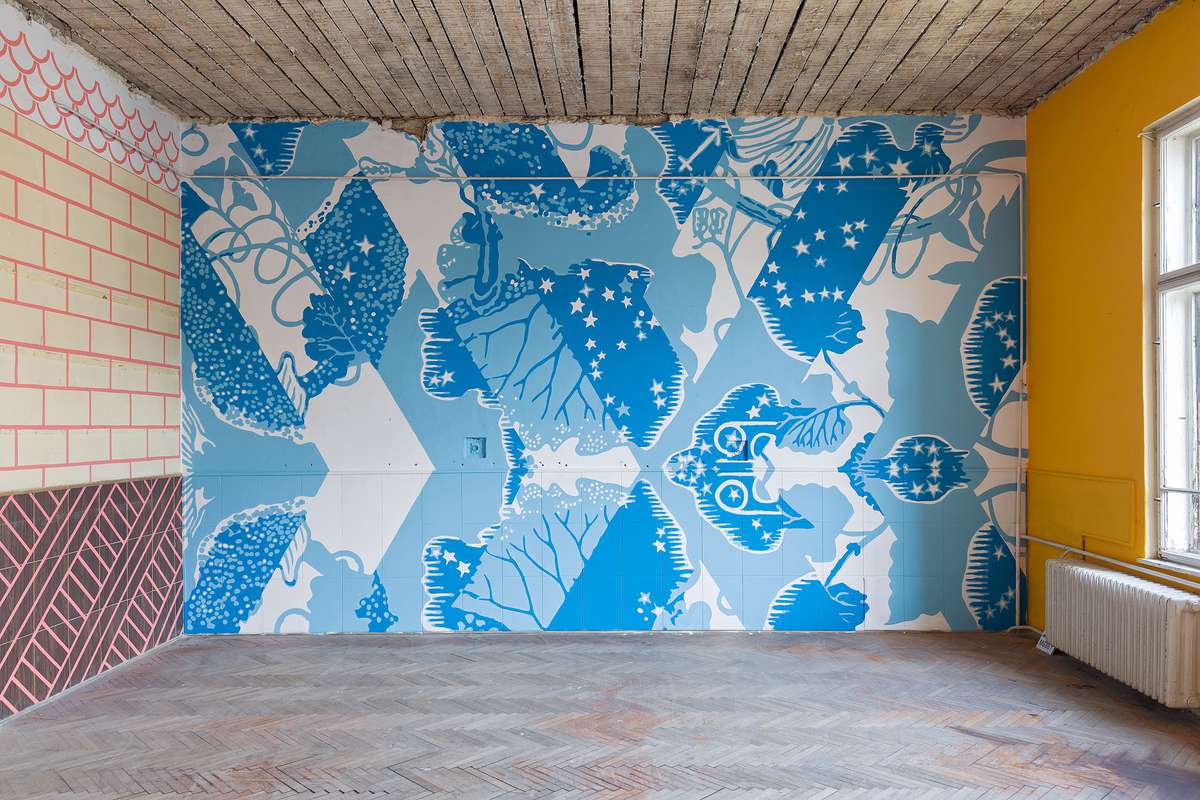
“Frank Variation”, by Giacomo Pala. This drawing, designed for the exhibition “12 walls” in Veszprém, Hungary. The drawing is the result of the post-production of some ornamental drawings by Josef Frank. In this case, the reference must be reinterpreted, abused and modified. It isn’t a banal anachronism: it is a transformation. There is no future without memory, there is no memory without futures. This work is a speculative attempt of using the past as a form of contemporaneity.
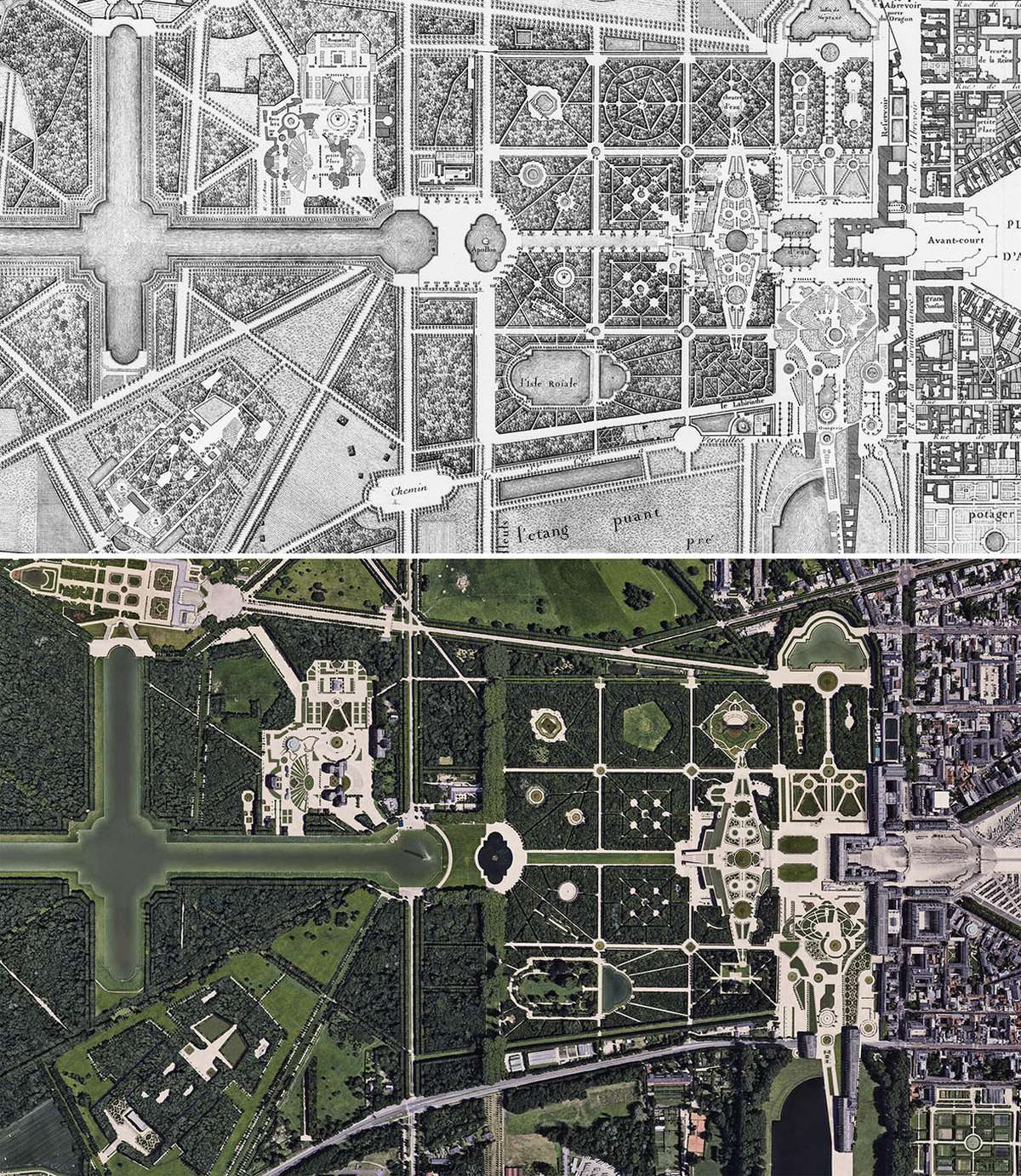
“Fictional Gardens” by Jörg Stanzel. The project deals with the subject of architecture as a representation of the real. It breaks the boundaries between reality and fiction, not announcing differences between the original and the fake. In times of replaceable cultures and traditions, this method allows us the rethinking of given styles and gives us a new point of view on developed projects, using existing architectural elements; re-designing and arranging them.
Speculative Past
Speculative Past

- New alliances
These designs are part of an ongoing project we call “speculative past”: the attempt of overcoming contemporaneity. The present, history and the future are fuzzy notions, flattened in a tree-folded stack: they are paradoxical and syncretic. We must acknowledge such a complex multiplicity and deal with it. How? Rewriting our time. We need a Speculative Past: the reinvention of the past, its memories and its traditions in order to propose alternatives for the future.
Against cultural conservatisms, we use architecture as a discipline that can rethink and reinvent the past in order to propose alternatives for the present, in turn projected towards the future. It is the logic of the “What if?” and Uchronia: retracing the past by grasping what might have been possible, but that might have failed. We propose architectural design as a way of reinventing reality through a constant speculation on what might have been: the realm of the possible equally resides in the future and in the past.
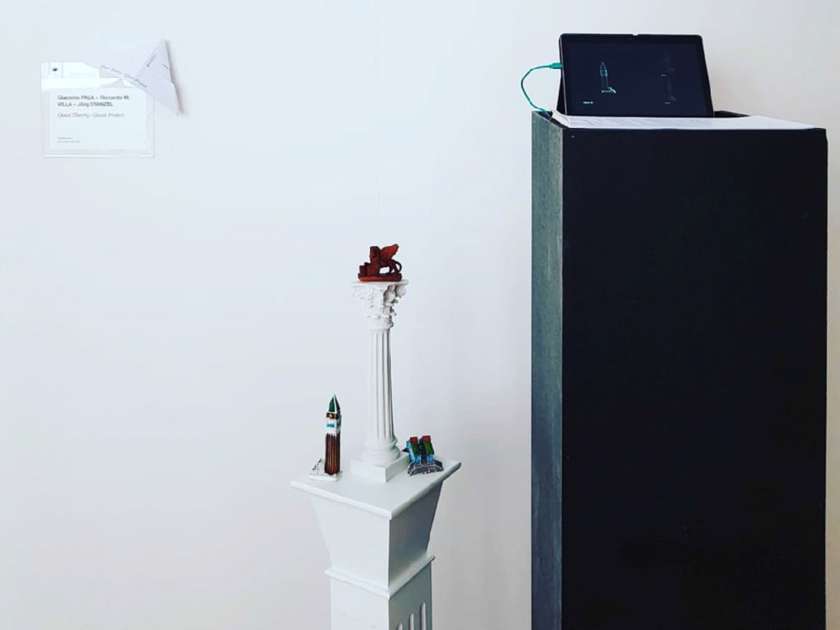
Quasi-Theory, Quasi-Project: this project, exhibited at the Unfolding Pavilion, during the opening days of the Venice Biennale 2018, is the speculative engagement with Venice's identity, by a working out opposites. Is Venice Kitsch? refined? turistic? reinassance?....what is Venice?

To investigate Venice's identity, we took as examples and models the souvenirs one can buy everywhere in the city; we 3d-scanned them and we used them as objects to be estranges in a new composite: the contradictory representation of Venice as the avant-garde city, the city of art, the city of history; as well as the city of kitsch, consumerism, cretinism and ignorance.
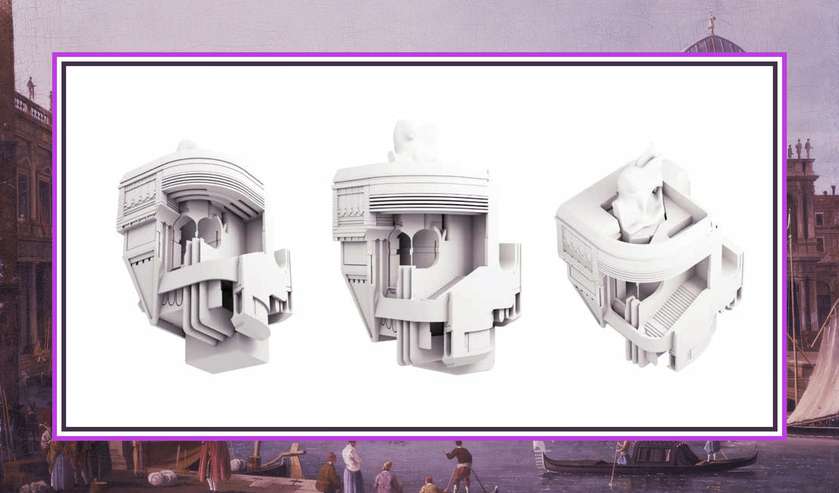
Finally, a new object emerged: the seamless amalgamation of imaginaries. A new identity of Venice derived from the transformation of its imaginary and its past.

“Frank Variation”, by Giacomo Pala. This drawing, designed for the exhibition “12 walls” in Veszprém, Hungary. The drawing is the result of the post-production of some ornamental drawings by Josef Frank. In this case, the reference must be reinterpreted, abused and modified. It isn’t a banal anachronism: it is a transformation. There is no future without memory, there is no memory without futures. This work is a speculative attempt of using the past as a form of contemporaneity.
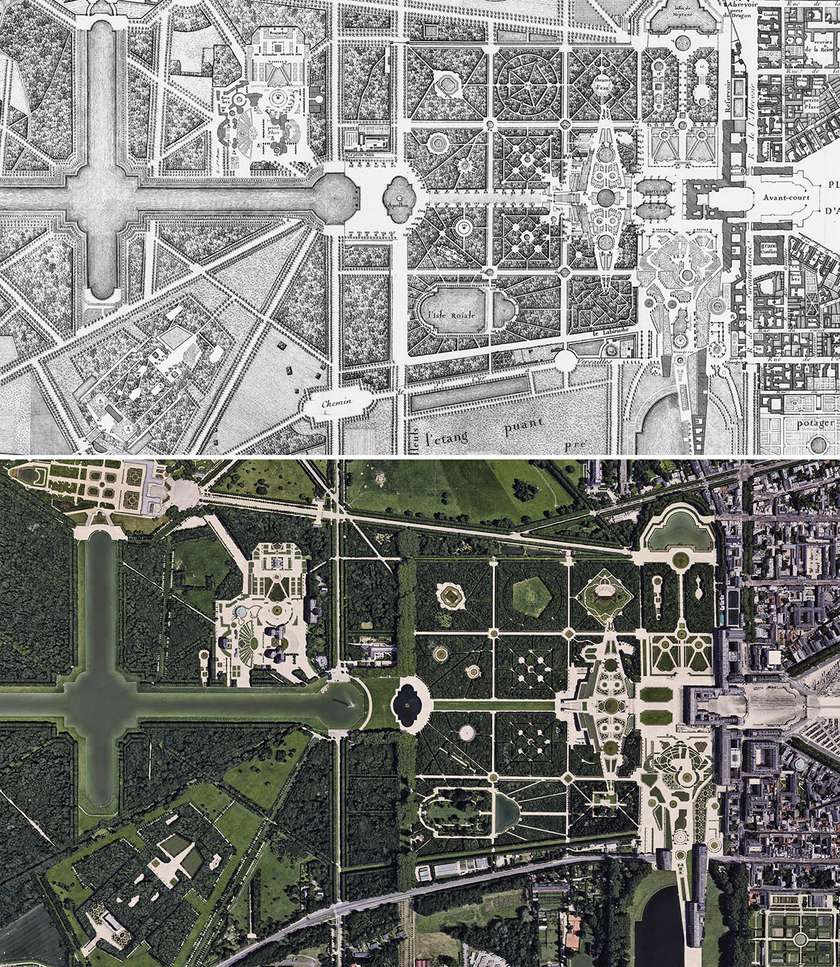
“Fictional Gardens” by Jörg Stanzel. The project deals with the subject of architecture as a representation of the real. It breaks the boundaries between reality and fiction, not announcing differences between the original and the fake. In times of replaceable cultures and traditions, this method allows us the rethinking of given styles and gives us a new point of view on developed projects, using existing architectural elements; re-designing and arranging them.
